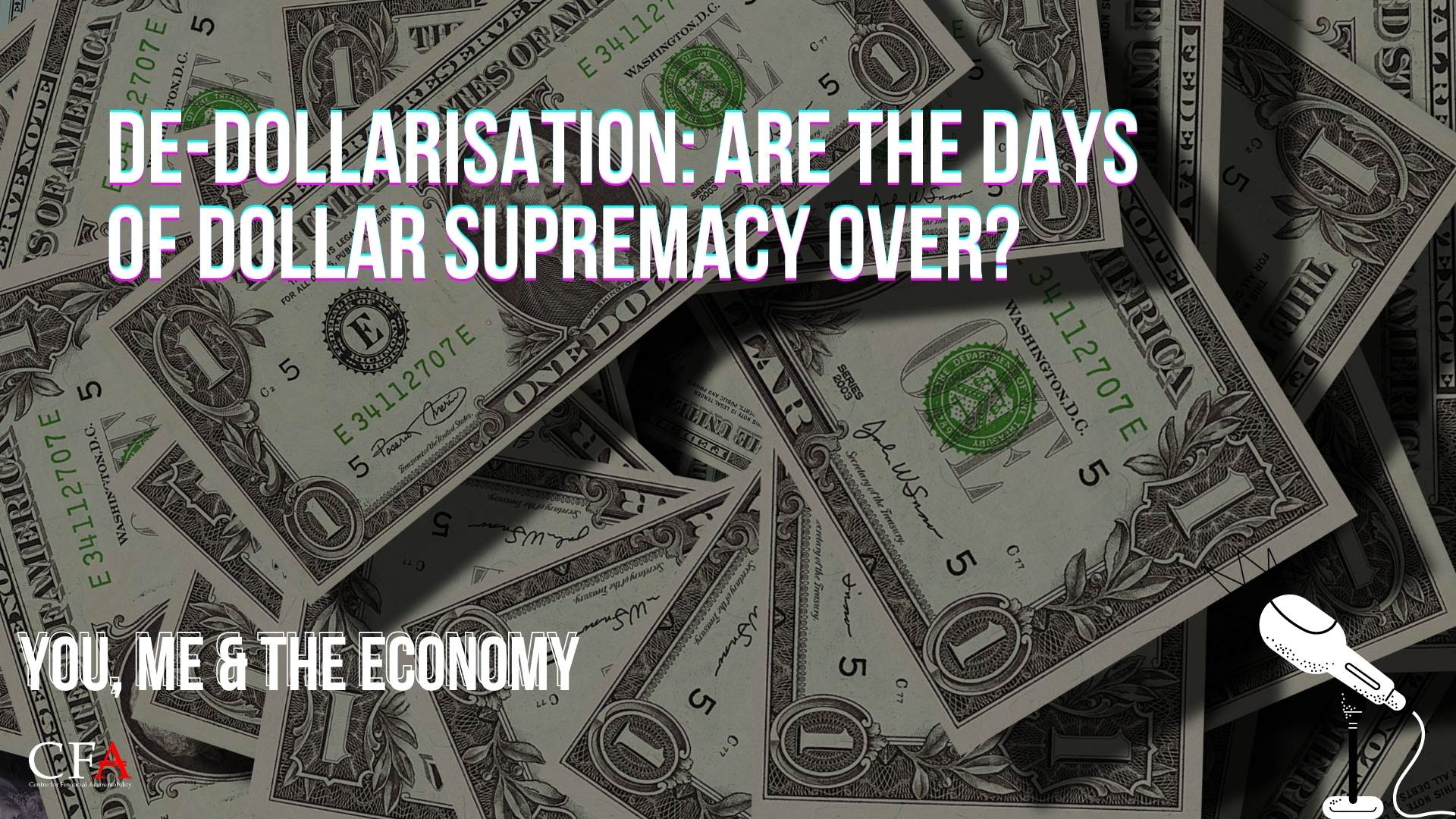For the first time, the Gulf countries are trading oil in Yuan. BRICS countries are planning a new common currency. Are the days of dollar supremacy over?
The popularity of the dollar has been declining for quite some time. Especially after the Russia-Ukraine war, and the subsequent ban on Russian imports, the need and demand for a new currency has been felt in many countries. In fact, this has been one of the agendas in BRICS the collision of 5 countries- Brazil, Russia, India, China and South Africa. They are reportedly working on a new common currency that could replace the US dollar. If that happens, that could signal a gradual relapse of the US hegemony over the world.
But hold your horses, it’s not happening so fast. Currently, central banks all over the world hold close to 60% of their foreign exchange reserves in dollars. Around 80% of the world trade happens in US dollars. The dollar is still the preferred global currency of exchange. It rose to prominence after the first world war, when the US emerged relatively unharmed. The US also got a lot of wartime gold reserves and started to replace the pound as a global currency. The Bretton Woods Agreement in 1944 sealed the dollar’s fate as a global currency, where 44 countries agreed to a system of currency convertibility based on the US dollar. Last year, in the fourth quarter, the US dollar accounted for 58.36% of global foreign exchange reserves, down from nearly 70% in 1999.
Calls have been growing for some time to move away from the dollar hegemony. The US and other Western countries have frozen over 300 billion dollars of Russia’s foreign currency reserves, among other sanctions, in the aftermath of the war. Similarly, several countries like Cuba, Venezuela and Iran have faced sanctions in the past which makes them unable to fully participate in global trade. A new currency could solve some of their issues.
So what could replace it?
Since the Russia-Ukraine war, the Ruble – Yuan trade has increased eighty fold. Russia is also filling its reserves with gold at a pretty fast rate. The growing influence of China as the second-largest economy, and the largest global trader, has ensured its greater economic clout. So can Yuan fill that gap?
There is an overall rise in non-dollar trade. Yuan has replaced the dollar as the most traded currency in Russia. In China, Yuan has overtaken dollar as the most used cross-border currency. In March this year, the yuan’s use in cross-border payments and receipts rose to 48.4% while the dollar’s share fell to 46.7%.
Slowly, but surely, yuan is making inroads into the global market. China has also entered into non-dollar trade agreements with countries like Brazil. On his first state visit to China, Brazilian President Lula called for an end to dollar dominance in global trade.
Considering the emerging geopolitical risks, many countries are making a move to diversify their reserves away from the dollar. As per the experts, Yuan and Euro are roughly equal contenders as of now. Surely, the need for a new currency is being felt everywhere, but instead of one currency, the odds are in favour of moving towards a multi-currency trading structure.
Thank you for listening to You, Me and the Economy. Now you can listen to this podcast on your favourite podcast app; find us on Spotify, Amazon Music, Google Podcast, and Hubhopper!
Centre for Financial Accountability is now on Telegram. Click here to join our Telegram channel and stay tuned to the latest updates and insights on the economy and finance.

